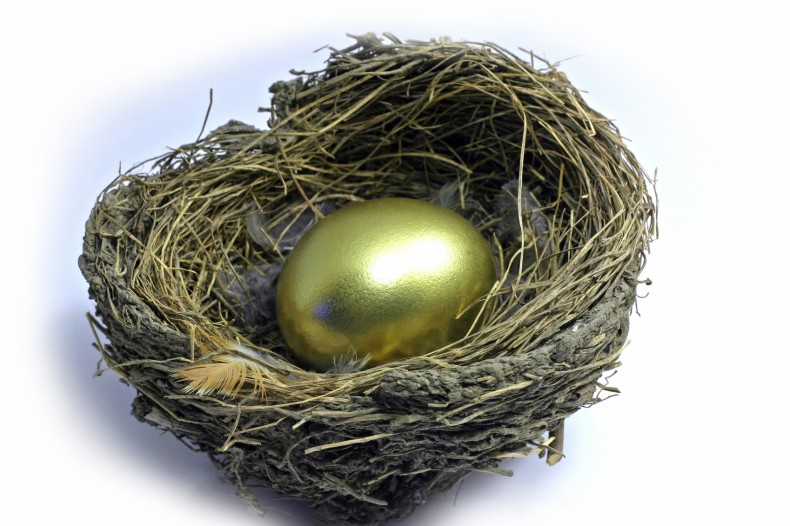Tax-efficient investment wrapper holding a range of investments
Individual Savings Accounts (ISAs) have been around since 1999 and are tax-efficient investment wrappers in which you can hold a range of investments, including bonds, equities, property shares, multi-asset funds and even cash, giving you control over where your money is invested.
During his 2015 Spending Review and Autumn Statement, Chancellor George Osborne announced he would also be extending the list of qualifying investments for the new Innovative Finance Individual Savings Account from Autumn 2016 to include debt securities offered via crowdfunding platforms.
ISAs are a highly tax-efficient way to save or invest your money because you don’t pay Income Tax on your interest or Capital Gains Tax on any profits.
Tax year 2015/16 ISA allowance
Between 6 April 2015 and 5 April 2016, you have an ISA allowance of £15,240. The rules now mean you can split the ISA allowance as you wish between a Stocks & Shares ISA and a Cash ISA. The ISA allowance limit will remain at £15,240 for tax year 2016/17.
You don’t have to declare any investments held in ISAs on your tax return. This may not seem like much, but, if you have to file an annual tax return, you’ll know that any way of simplifying your financial administration can be very helpful.
ISAs are becoming an important
part of financial planning, and they offer a
unique range of benefits.
These include:
• No income is tax payable on interest payments – which are made by
bond funds
• No higher rate tax is payable on dividends, which are paid by equity funds (you can’t claim back the 10% dividend tax paid by the fund in an ISA)
• You can access your money whenever you need to but it cannot be returned (if you withdraw your ISA, you will automatically lose all of its associated tax benefits – unless you need to liquidate your cash, you should transfer it between providers to retain its tax-efficient status)
• Income from an ISA doesn’t affect your personal allowance or age- related allowance
• No Capital Gains Tax is payable on any growth you may achieve, so you could use withdrawals to increase your income when necessary (any losses made in the ISA cannot be used to offset gains made elsewhere)
It is important to remember that an ISA is just a way of sheltering your money from tax – it’s not an investment in its own right.
Change to ISA inheritance rules
Under the new rules, additional ISA subscriptions are now available to a surviving spouse or registered civil partner, as long as the ISA holder passed away on or after 3 December 2014.
This comes in the form of an Additional Permitted Subscription (APS) ISA allowance (additional to the personal annual ISA) equal to the amount that was held in the ISA on the day the holder died.
Transferring your investment between providers
If you want to change your existing ISA provider or are looking to consolidate your investments under one roof, with an ISA you can transfer your investment between providers to suit your individual needs. However, your current provider may apply a charge when you transfer your investment. While your investment is being transferred, it will be out of the market for a short period of time and will not lose or gain in value.
Control over your retirement income
ISAs can give you control over your retirement income, as you can take as much money out as you require, whenever you want. Savings in an ISA and withdrawals from an ISA are tax-efficient, but, if you withdraw money and put it back later, it will count towards your ISA annual subscription limit in the year that you re-invested your money.
Junior ISAs – a straightforward way to save for a child’s future
Junior ISAs offer investors a straightforward way to save for a child’s future and offer similar tax advantages to ‘adult’ ISAs, but with a lock-in, making the child’s investment inaccessible until they turn 18. Like an ISA, Junior ISAs can invest in bonds, equities, cash, property and even multi-asset funds, giving you even more flexibility over the future of your child’s long-term savings.
Since April 2015, it is possible for existing Child Trust Funds (CTFs) to be transferred into Junior ISA accounts. You can invest up to £4,080 in the current tax year and switch from a Cash Junior ISA to a Stocks & Shares Junior ISA and back again.
INFORMATION IS BASED ON OUR CURRENT UNDERSTANDING OF TAXATION LEGISLATION AND REGULATIONS. ANY LEVELS AND BASES OF, AND RELIEFS FROM, TAXATION ARE SUBJECT TO CHANGE.*
THE VALUE OF INVESTMENTS AND INCOME FROM THEM MAY GO DOWN. YOU MAY NOT GET BACK THE ORIGINAL AMOUNT INVESTED.*
PAST PERFORMANCE IS NOT A RELIABLE INDICATOR OF FUTURE PERFORMANCE.*
*only applies to Stocks & Shares ISAs


Recent Comments